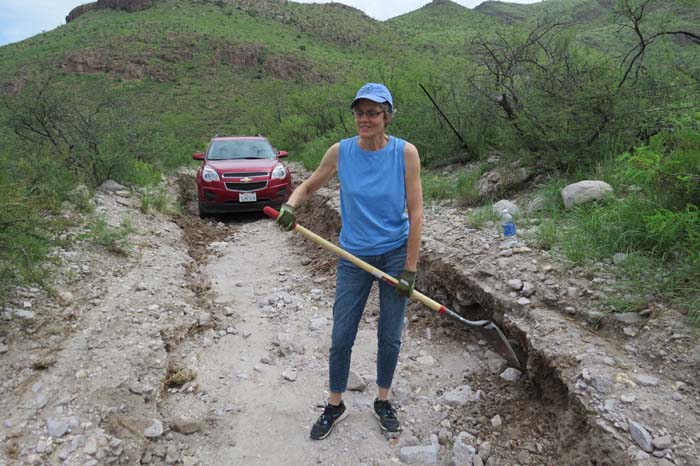
12 Aug Rain in New Mexico causes excitement for dry Seattleites
Posted from Seattle August 12, 2015
The Atacama Desert in SW Peru gets the same total of rainfall every year: none. With no rainfall lately— (Newsflash: Until today right now at noon!!! A thunderstorm no less! PS.: at 1 pm: It didn’t produce rain here on Beacon Hill but my printer rep in SeaTac said it rained there heavily for twenty minutes, so it will probably show up in the Seattle rain stats) and a warm-water blob parked in the Eastern Pacific that has no apparent reason or need to dissipate, a rain-loving person given to worrying might well wonder if our beloved Pacific Northwest will soon have to be rebranded: “Atacama North.”
The rainfall factor brought an added dimension of excitement to our trip to visit CD Littlefield and the New Mexico land in the bootheel, the southwestern square of New Mexico that was added to the US in the Gadsden purchase. We encountered both actual rain and the effects of rain on our trip, something we can’t claim to have experienced in Seattle recently.
 One was that the beautiful Barn Swallows in Benson and Willcox and other settlements were doing well with lots of young-of-the-year. These birds add a touch of magic to the towns of the Southwest (They forage over the lowland desert and the towns.) This bird was outside the Willcox Safeway, where Delia and I always stop for an hour to load up with food and beer on the way to the “ranch.”
One was that the beautiful Barn Swallows in Benson and Willcox and other settlements were doing well with lots of young-of-the-year. These birds add a touch of magic to the towns of the Southwest (They forage over the lowland desert and the towns.) This bird was outside the Willcox Safeway, where Delia and I always stop for an hour to load up with food and beer on the way to the “ranch.”
The day before we arrived there had been what our neighbor termed a “microburst.” 2.5 inches had fallen in an hour on our land, but he recorded 5 inches from the same storm on his land in the same time frame. It washed out the road to the ranch and despite having been warned and having bought two shovels in Benson, we were turned back after a half-hour of furious shovel-flailing and went to Portal AZ to stay with our good friends Allen and Narca. This was what the Chiricahua Mountains looked like from Allen and Narca’s the next morning.
Imagine Blue Grosbeaks, Cardinals and Pyrrhuloxias, Cactus Wrens and Blue-gray Gnatcatchers singing in the background. Here is the Blue Grosbeak. 
This Pyrrhuloxia was singing on a branch over the driveway. We’d heard Lesser Nighthawks the night before–Allen and Narca confirmed the identity as Lesser Nighthawks barely sound like birds.
We borrowed a big Pick-Ax from Allen and Narca and armed with these and our two shovels we attacked the washed-out road for over two hours in the 100 degree heat.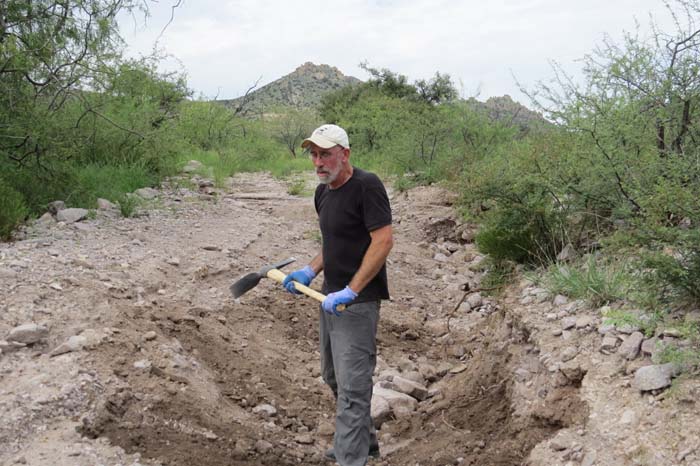
After the initial excitement, I found that I had an ever-increasing desire not just to madly swing the Pick, but to stand and thoughtfully contemplate where it would be most effective to bring it down next time. Don’t call it “resting.” Delia captured such a moment here.
Soon our neighbor, who owns a 27,000 acre ranch that straddles the valley lowlands and the Peloncillos, came by and pointed out the fact that our project would take a week. We only had a week! He sent us back down to the valley and promised to bring a grader out and take care of the road then and there all the way up to the land. That evening we got the call: a Green light to go up the canyon, and some serious gratitude owed our neighbor! Those are the “White Cliffs” that sit at the top of the canyon.
At the house we were happy to see the Golden Eagles back at their traditional nest site atop the “Red Cliffs.” Every day we were there we saw one adult flying with one juvenile over and above the cliffs.
CD Littlefield is the author of Birds of Malheur and numerous scientific articles, especially on Sandhill Crane conservation. He has done 13 years of bird transect studies on the ranch. He makes the trip worthwhile for us. Here Delia and CD sit on the veranda.
CD runs a feeding station and the number one utilizer is the White-winged Dove. It’s easy to get tired of these birds when you’re at the ranch, there are so many of them, but I took this shot of three on a branch and was blown away by how attractive they looked in the photo.
Hummingbird numbers were down at the feeders, but that’s likely not a bad sign. We got 6.75 inches of rain in July at the ranch, tie for the record since my parents –in-law arrived there 40 years ago, and there were lots of flowers and bugs out in the canyon. Species included my first-ever Costa’s at the ranch, Black-chinned, Lucifer, Broad-billed and Rufous Hummingbirds, including this male.
We got a flat tire in the excitement and had to go to Animas, New Mexico to get it fixed. On the way down we picked up our friend Brian Pendleton, who was on a mad birding tour of the Southwest. Down in the valley Brian showed us three birds we were mightily excited to see. One was a Thick-billed Kingbird, shown above. Quite a few “Tyrant Flycatchers” have a bulldog appearance, perhaps none more than this one. A lifer for me.
Botteri’s Sparrow is one of the SW sparrows that can be identified by sight but song works better. It’s not rare, but this one was a lifebird for me.
Western Kingbirds, another Tyrant flycatcher, are fairly abundant in the San Simon Valley, as elsewhere throughout the west. I needed a picture of something because we couldn’t get a picture of my other lifebird, a Cassin’s Sparrow. This bird sings in flight and then drops into grass where it can’t be located. I’ve seen many but never knew the song. Once Brian got us clued in to the song, we heard them everywhere. It is a truly gorgeous descending trill followed by two final notes each dropping in pitch—a really easy song if you know what you’re listening for, yet I had never heard it.
This Sulphur-bellied Flycatcher was in Cave Creek. These birds are monsoon-nesters of lush riparian areas, and they seemed to be doing well this year.
We never saw so many Road-runners, no doubt because of the excellent July rains.
This Swainson’s Hawk is a juvenile, of which we saw quite a few.
We hiked up to the pass but saw a thunder storm developing and did not go down Maverick Canyon, at right.
This is looking east to the Chiricahuas in Arizona. The house is down the canyon on the right.
On the way back it was getting too dark for my camera to work, we startled this fairly big (3 ft? I didn’t ask her to stretch out) Blacktail Rattlesnake. She clearly feared mightily for her safety and put on a major rattling-and-hissing show. Brian took this shot, my camera didn’t have the light-gathering capacity to get a shot. After a one-day visit , Brian was off to other hotspots in the Southwest chasing birds.
It’s hard to visit us down there and we’ve only had a few visitors over the years. For one thing there are legal issues restricting access that we take very seriously. But this time we hit the jackpot as our friends George and Mary Anne also made it up for a quick visit. They were on the way to blazing a 169 species swing of SE AZ and there were only two species up the canyon they hadn’t already encountered: Golden Eagle and Crissal Thrasher. It would have been three if our normally loquacious Western-screech Owl wouldn’t have chosen that night to clam up.
Every year we hope and pray for rain especially during the two periods when it traditionally falls, high winter and the summer monsoon season . This trip we got to enjoy .35 inches in person, complete with the usual thunder and lighting theatrics that make it all so exciting. CD reports another .26 yesterday. Here is a composite-family flower genus Galardia that was flourishing. Correct me if I’m wrong there.
Before we left the migration started. We had Western Tanagers, Warbling Vireos, a Nashville Warbler and this Gray Flycatcher passing through the canyon.
We left the ranch with mixed feelings, as always.
On the trip out we stopped at Cochise Lake in Willcox where we saw some great birds. Avocet and Black-necked Stilt (shown) plus Wilson’s Phalaropes, Least, Western and Baird’s Sandpiper, a Long-billed Curlew and a Great Blue Heron, plus a Common Yellowthroat! A huge thrill was a quick but definitive view of a Mississippi Kite, rare in AZ, at St. David near Benson. Wish we had a shot of that elegant silver-gray aerialist.
Now we’re home in Seattle and back in a rain-starved land. The damage from the 2015 season can’t be undone, whether it’s scalded Salmon or are already-struggling Swallows, among others. Our Violet-green Swallows fledged at most only two kids this year, and didn’t hang around to forage in the neighborhood, although they continued to return at late at night for a week or so to keep the kids safe in the nest-box. Below is our Dad Violet-green looking gaunt after a harrowing breeding season (now that could be my imagination!)
Barn Swallow populations in Seattle itself have probably never been so low in 100 years, although that is a guess, not to be confused with a scientific observation, but most of the traditional territories I know of were vacant this year. Barn Swallows typically don’t clear out of Seattle in a hurry after the breeding season the way Violet-greens do, but this year the few Barn Swallows in Seattle seemed to do just that. Below is a Barn Swallow.
But the real question is whether our rains will return. My worrying should not be confused with me making a prediction. I worry, I don’t predict. People make fun of worriers. My mom was a great worrier and she always made fun of herself: “I have proof worrying works,” she would joke, “because 90% of the things I worry about never happen!”
People might point out that we flew in a jet to go to New Mexico and we drove a rental SUV around the SW to get to the ranch and to birdwatch and socialize, thus contributing to the greenhouse gases in the atmosphere. While there is no doubting the truth of that and while everyone who has happily down-sized their C-footprint deserves kudos, I think that more generally that approach represents a fatal trap for any movement toward a constructive solution. Keep going down that road and it leads to never doing anything or even the final solution: commit suicide immediately so as not to be responsible for any more Carbon pollution. Espousing that position involves saying to people: “Please join our movement. It involves stopping doing many of the things that make you happy.”
Plus it’s not necessary or even effective. Working toward the integrity of resource pricing will accomplish our goal in a way that causes no more than the normal amount of pain caused by the inevitably fluctuating prices of a market economy.
I believe we have a wonderful economic and political system in place in the US. Capitalism responds almost instantly to any wants and needs we have . Our first job is simply to remove the subsidies in place for fossil fuels that distort the economy and artificially increase the demand for these fuels. Past blogs of mine have listed these, as many aren’t immediately obvious. (One is the subsidy of eminent domain for private pipelines, which is blatantly unconstitutional, as eminent domain use is restricted by the US Constitution to only projects that are a public good.) (Around the world direct subsidy of the price of gasoline represents a $500 billion expenditure by governments. Ironically, subsidizing gasoline prices always hurts the truly poor most and it hurts them twice because the cars that are subsidized are still out of their reach and secondly by suffocating investment in transit.)
The next step is to place a price on the external cost of Carbon (that is the cost not paid by the user) and reduce other taxes accordingly so there is no use of this issue to grow government. The right has always accused the green-left of using environmental issues to increase government power and taxes–if greens really care about an issue we can purify our own position by making completely sure they don’t have a point.
That way, we will still have to fight the fossil fuel industry itself, but we won’t be instigating a battle royal with all conservatives that can never by won. True conservatives will take our side, as they indeed already have: Todd Myers of the right-of-center Washington Policy Center is on the board of Carbon Washington.
Carbon Washington is the organization that has proposed just such a tax tradeoff that will decrease Carbon pollution without growing government. It would levy a tax on Carbon while decreasing the sales tax and B&O tax. It’s called Initiative 732 and it is struggling now to get on the ballot. It’s a great time to take action by signing I-732, collecting signatures for it, and donating to Carbon WA.
Here is the link to Carbon Washington’s website: http://carbonwa.org/
One last point, now that I am down to one or fewer readers left who are still interested.
Remember those hidden subsidies for fossil fuel use? Throughout the country, one massive component of the subsidy for fossil fuel use occurs in the local government’s slice of the roadway budget, which is normally paid not with user-fees but with revenue from a regressive non-user-fee, the property tax. In Seattle, we are about to increase one subsidy by voting yes, which Seattle almost always does, on a transportation levy this November.
(This ad ran in the Seattle Times in July).
Paying for the roadway with property taxes, which this levy will do to a massive extent, disguises the cost of fossil fuels to the consumer. Since others are paying (it may by accident be the same person, as in the case of a homeowner who is driving, but it is not paid by the user on the margin) the costs of driving are artificially lowered and more people are induced to drive than would be the case in a free, fair market.
Despite the looming immensity of the Climate-forcing crisis, with the nation of Syria already destroyed and hundreds of thousands killed as a direct result of drought in that nation, and much more to come, we probably won’t take rational action against climate change. Only the province of British Columbia has so far. At least, by voting against the transportation levy, we could signal to our political leaders that we want things done differently in the future: tax pollution, not people.

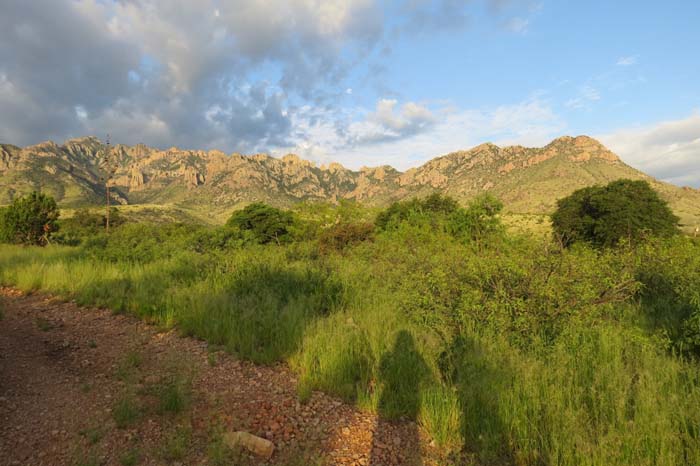

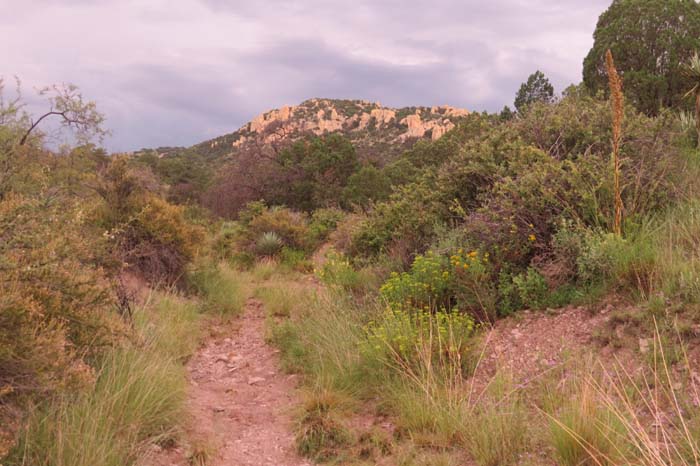
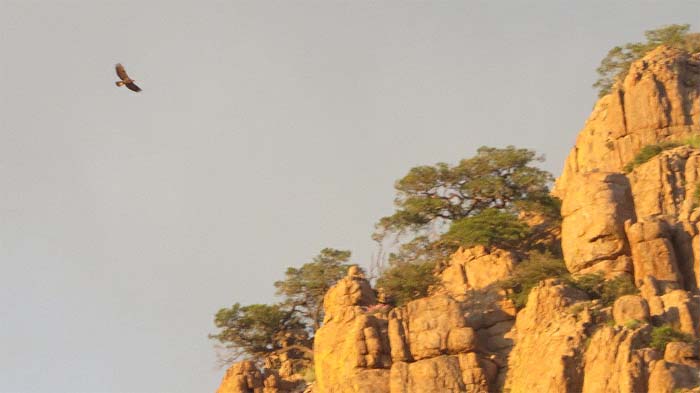
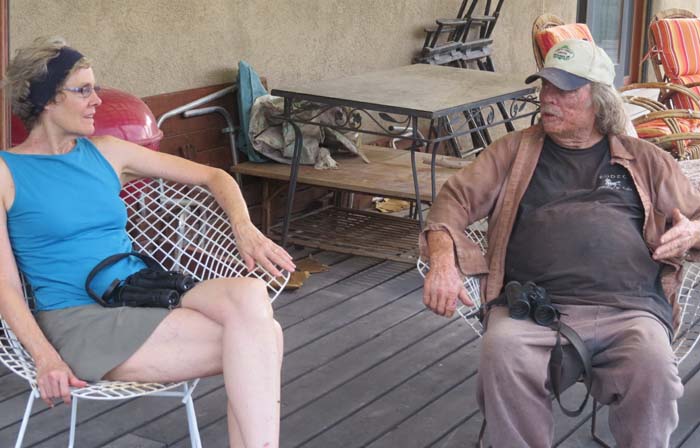
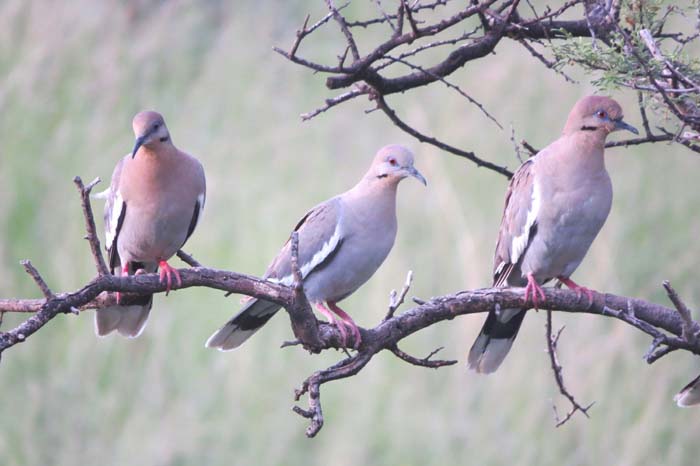
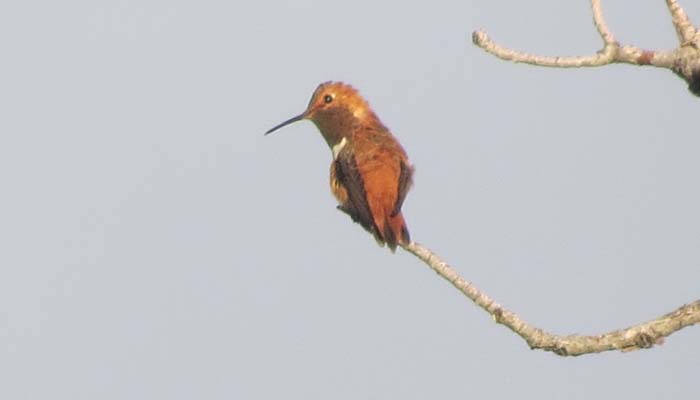
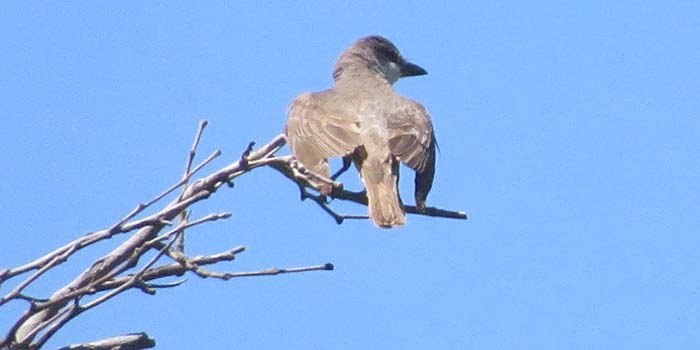

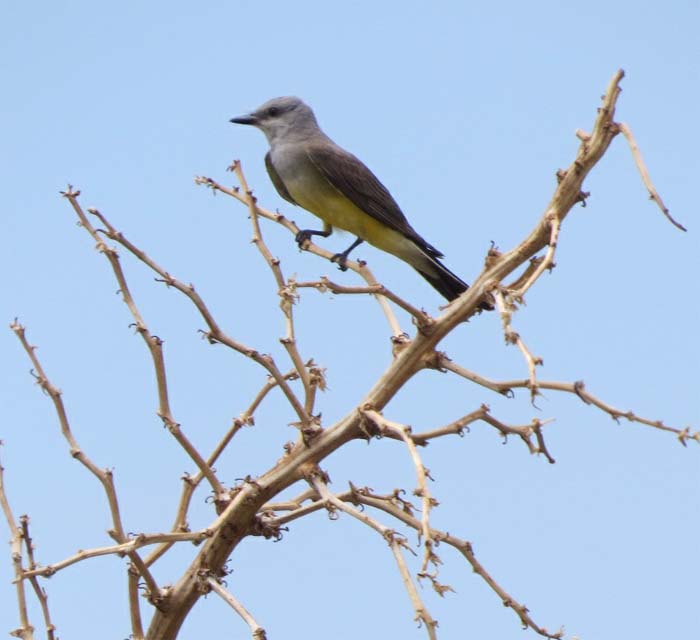

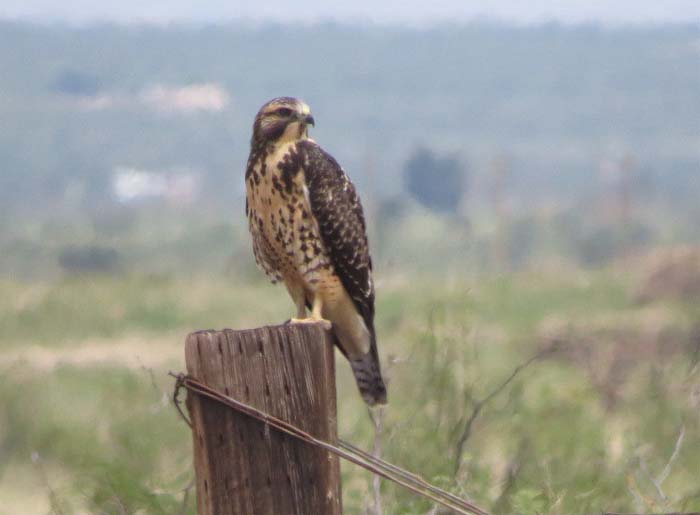
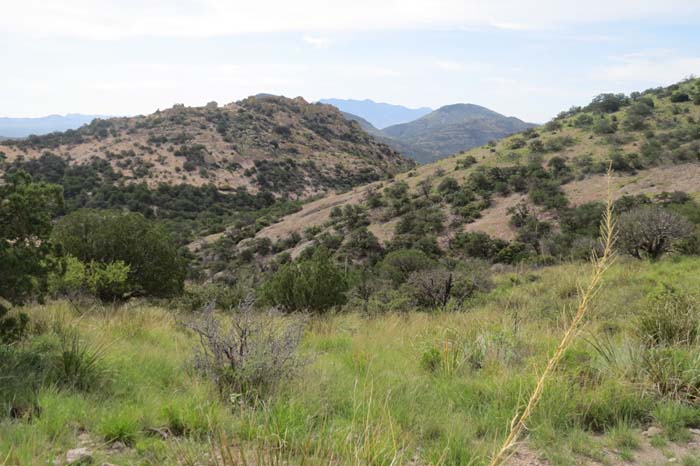


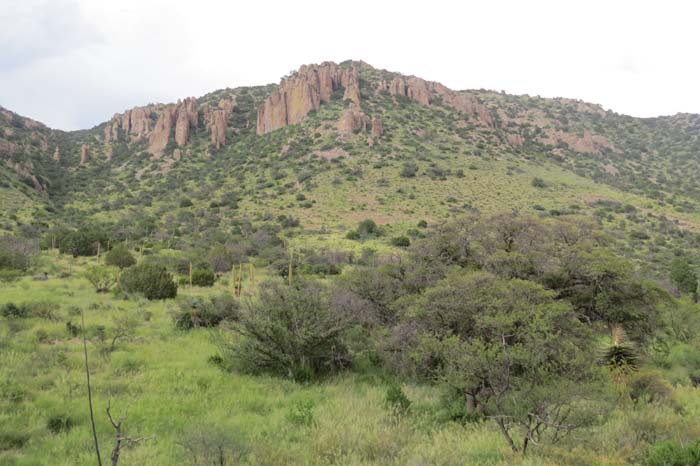
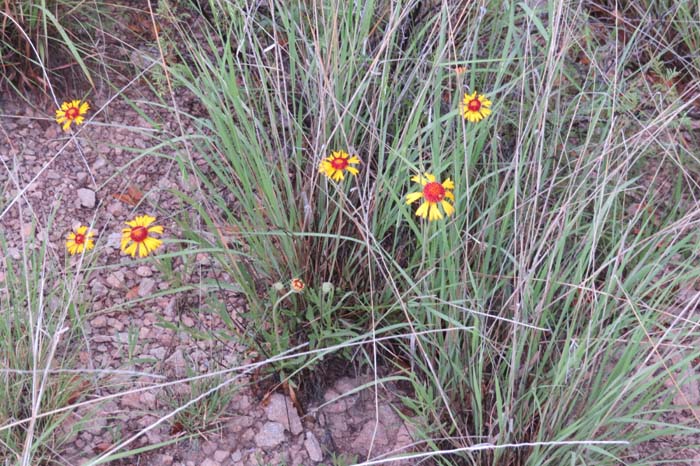
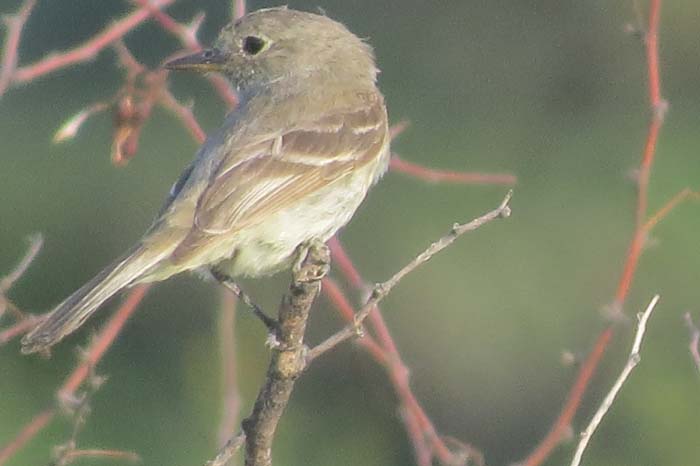
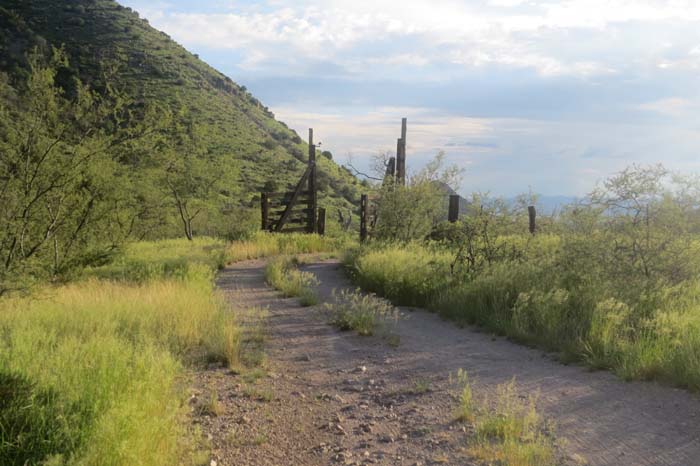


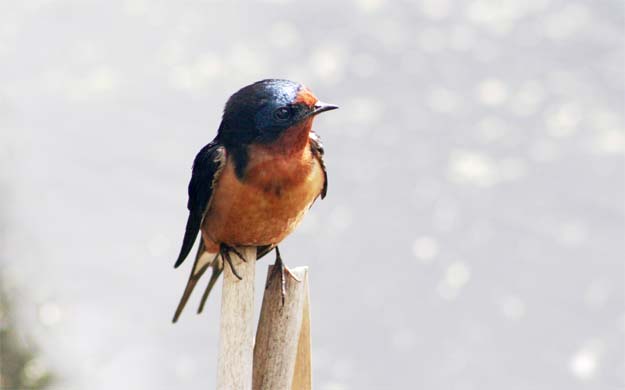
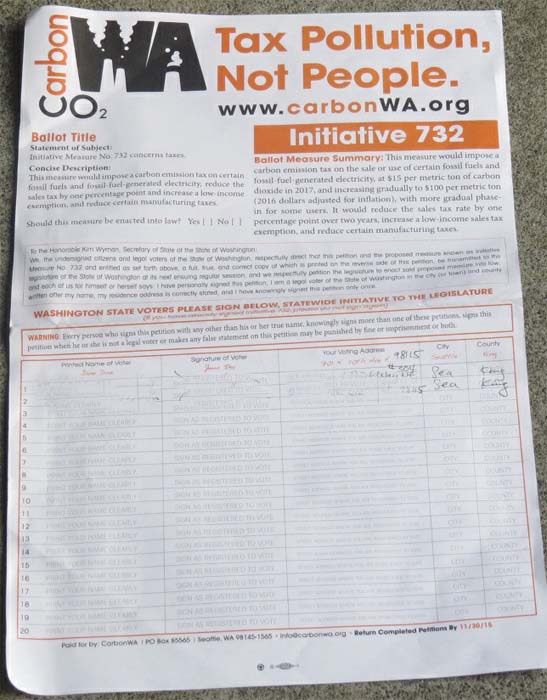

Sorry, the comment form is closed at this time.